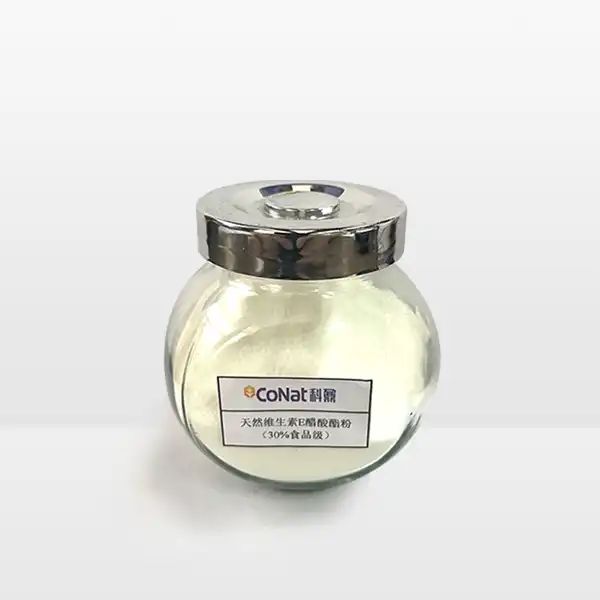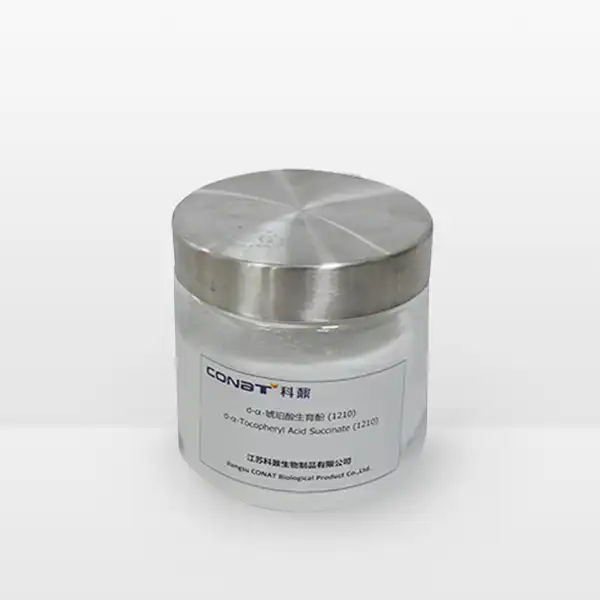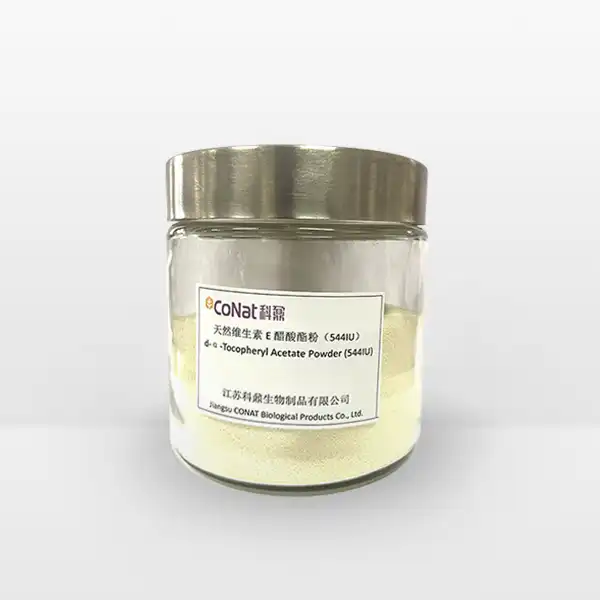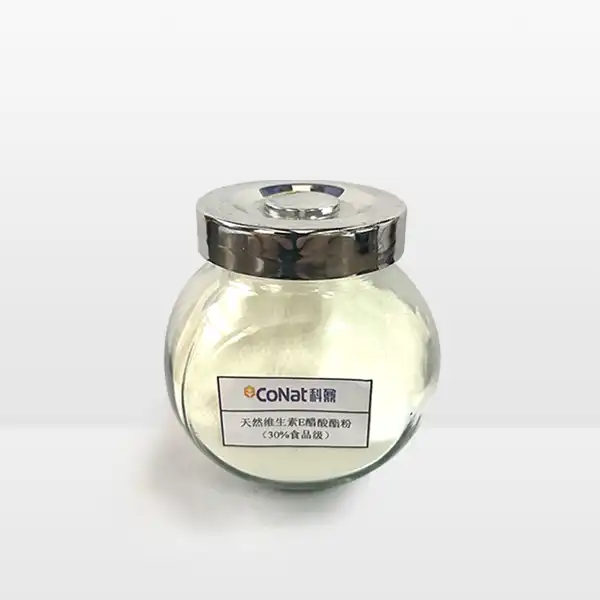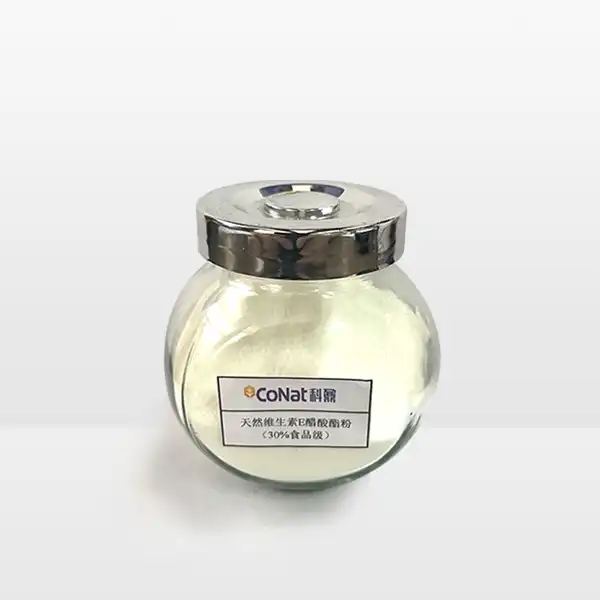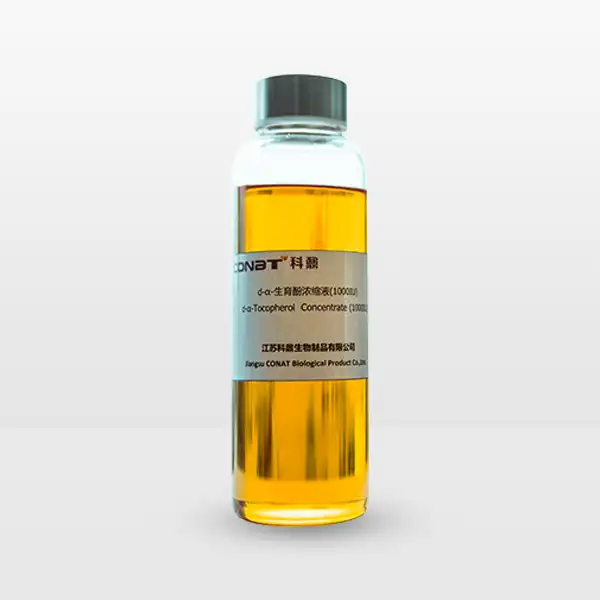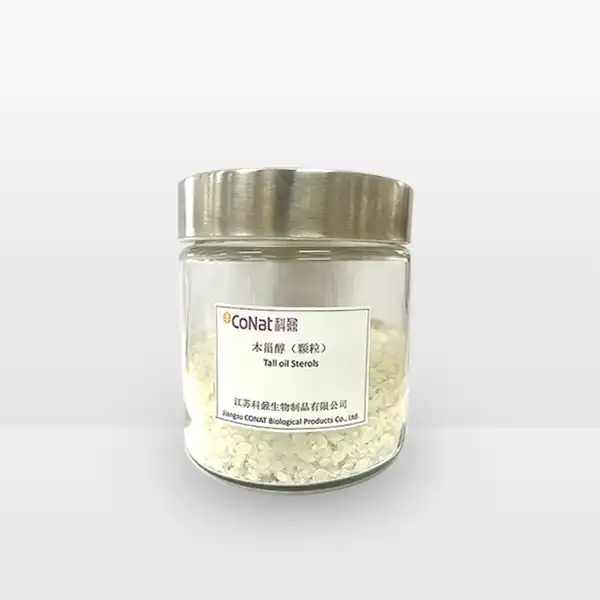- English
- French
- German
- Portuguese
- Spanish
- Russian
- Japanese
- Korean
- Arabic
- Greek
- German
- Turkish
- Italian
- Danish
- Romanian
- Indonesian
- Czech
- Afrikaans
- Swedish
- Polish
- Basque
- Catalan
- Esperanto
- Hindi
- Lao
- Albanian
- Amharic
- Armenian
- Azerbaijani
- Belarusian
- Bengali
- Bosnian
- Bulgarian
- Cebuano
- Chichewa
- Corsican
- Croatian
- Dutch
- Estonian
- Filipino
- Finnish
- Frisian
- Galician
- Georgian
- Gujarati
- Haitian
- Hausa
- Hawaiian
- Hebrew
- Hmong
- Hungarian
- Icelandic
- Igbo
- Javanese
- Kannada
- Kazakh
- Khmer
- Kurdish
- Kyrgyz
- Latin
- Latvian
- Lithuanian
- Luxembou..
- Macedonian
- Malagasy
- Malay
- Malayalam
- Maltese
- Maori
- Marathi
- Mongolian
- Burmese
- Nepali
- Norwegian
- Pashto
- Persian
- Punjabi
- Serbian
- Sesotho
- Sinhala
- Slovak
- Slovenian
- Somali
- Samoan
- Scots Gaelic
- Shona
- Sindhi
- Sundanese
- Swahili
- Tajik
- Tamil
- Telugu
- Thai
- Ukrainian
- Urdu
- Uzbek
- Vietnamese
- Welsh
- Xhosa
- Yiddish
- Yoruba
- Zulu
What is the E Number for Tocopherol Concentrate Mixed?
Tocopherol concentrate mixed, designated as E306 in the European food additive system, is a natural form of vitamin E derived from vegetable oils. This powerful antioxidant plays a crucial role in food preservation and offers significant nutritional benefits. As a mixed concentrate, it contains various tocopherol compounds that work synergistically to protect both food products and human health. The designation E306 signifies its approval as a safe food additive within the European Union's regulatory framework, reflecting its extensive evaluation and proven track record of safety in food applications.
What are the benefits of using tocopherol concentrate mixed in food products?
The incorporation of tocopherol concentrate mixed (E306) into food products presents numerous advantages that extend beyond basic preservation. This natural antioxidant system has become increasingly popular in the food industry due to its exceptional ability to prevent oxidation and maintain product quality. When added to food products, tocopherol concentrate mixed creates a protective barrier against oxidative degradation, effectively extending shelf life while maintaining nutritional value. Food manufacturers particularly value its effectiveness in stabilizing oils, fats, and lipid-containing products, preventing rancidity and maintaining fresh flavors.
The versatility of tocopherol concentrate mixed makes it particularly valuable in various food applications. In meat products, it helps maintain color stability and prevents lipid oxidation, ensuring products remain visually appealing and maintain their desired flavor profiles throughout their shelf life. In bakery products, it protects against the oxidation of fats and oils, helping to maintain product freshness and prevent the development of off-flavors. The application extends to dairy products, where it helps preserve the quality of milk fat and prevents the development of oxidative rancidity.
Moreover, tocopherol concentrate mixed offers significant advantages in functional foods and nutritional supplements. Its natural origin aligns with consumer preferences for clean-label ingredients, making it an attractive option for manufacturers seeking to meet growing demand for natural preservatives. The concentrate's ability to stabilize sensitive ingredients, such as omega-3 fatty acids and other polyunsaturated fats, makes it invaluable in functional food formulations where nutritional integrity is paramount.
Beyond its primary antioxidant function, tocopherol concentrate mixed contributes to the nutritional profile of fortified foods. The vitamin E activity inherent in tocopherols provides additional health benefits to consumers, supporting immune function and cellular health. This dual functionality as both a preservative and nutrient makes it particularly attractive for health-conscious food formulations.
How does tocopherol concentrate mixed compare to synthetic antioxidants?
When comparing tocopherol concentrate mixed with synthetic antioxidants, several key distinctions emerge that highlight its unique advantages. Natural tocopherol concentrates demonstrate superior stability under various processing conditions and often exhibit better performance in complex food systems. Unlike synthetic alternatives, tocopherol concentrate mixed offers a broader spectrum of antioxidant activity due to its diverse composition of alpha, beta, gamma, and delta tocopherols, each contributing unique protective properties.
The natural origin of tocopherol concentrate mixed provides significant advantages in terms of consumer acceptance and regulatory compliance. While synthetic antioxidants face increasing scrutiny and restrictions in many markets, natural tocopherols enjoy widespread acceptance and favorable regulatory status worldwide. This makes them particularly valuable for manufacturers looking to export products to multiple markets with varying regulatory requirements.
The sustainability aspect of tocopherol concentrate mixed also sets it apart from synthetic alternatives. Derived from renewable resources, primarily vegetable oils, it represents a more environmentally conscious choice. The production process typically involves less environmental impact compared to the manufacturing of synthetic antioxidants, aligning with growing corporate sustainability initiatives and consumer environmental concerns.
Research has shown that tocopherol concentrate mixed often demonstrates better stability in high-temperature applications compared to some synthetic alternatives. This thermal stability makes it particularly valuable in processed foods that undergo heat treatment during manufacturing. Additionally, its effectiveness in oil-based systems often surpasses that of synthetic antioxidants, particularly in maintaining the stability of polyunsaturated fatty acids.
The economic aspects of using tocopherol concentrate mixed versus synthetic antioxidants must also be considered. While the initial cost may be higher, the multiple benefits and consumer preference for natural ingredients often justify the investment. Furthermore, the enhanced stability and effectiveness in many applications can result in lower usage rates and extended product shelf life, potentially offsetting the higher ingredient cost.
What are the recommended dosage levels for tocopherol concentrate mixed in different food applications?
The appropriate dosage of tocopherol concentrate mixed varies significantly depending on the specific food application, processing conditions, and desired shelf life. Understanding proper dosage levels is crucial for achieving optimal antioxidant protection while maintaining cost-effectiveness. In general, the recommended usage levels range from 100 to 1000 ppm, depending on the fat content and specific requirements of the food product.
For vegetable oils and fats, typical dosage levels range from 200 to 500 ppm, with higher levels often necessary for oils rich in polyunsaturated fatty acids. In meat products, effective concentrations typically fall between 300 and 600 ppm, calculated on the fat content. Bakery applications generally require lower concentrations, ranging from 100 to 300 ppm, while dairy products might need 200 to 400 ppm for adequate protection.
The determination of optimal dosage levels requires consideration of multiple factors, including the product's fat content, processing conditions, packaging materials, and expected shelf life. Manufacturers must also consider potential interactions with other ingredients and the impact of environmental factors such as temperature, light exposure, and oxygen availability. Regular stability testing and shelf-life studies help optimize dosage levels for specific applications.
Synergistic effects with other antioxidants, such as ascorbic acid (vitamin C) or citric acid, can enhance the effectiveness of tocopherol concentrate mixed, potentially allowing for lower usage levels while maintaining desired antioxidant activity. This approach not only optimizes cost but also ensures maximum protection against oxidation throughout the product's shelf life.
In application development, manufacturers should consider the timing of tocopherol concentrate mixed addition during processing. Early incorporation during the manufacturing process often yields better results, allowing for more uniform distribution and improved effectiveness. The stability of tocopherol concentrate mixed during processing and storage conditions should also be monitored to ensure consistent antioxidant protection throughout the product's shelf life.
If you want to get more information about Tocopherol Concentrate Mixed, you can contact us at: sales@conat.cn.
References:
1. Journal of Food Science and Technology (2023) "Natural Antioxidants in Food Preservation: A Comprehensive Review"
2. Food Chemistry (2022) "Comparative Analysis of Natural vs. Synthetic Antioxidants in Food Systems"
3. International Journal of Food Science & Technology (2023) "Applications of Mixed Tocopherols in Food Preservation"
4. European Food Safety Authority (2023) "Scientific Opinion on the Safety of Tocopherol-containing Food Additives"
5. Food Research International (2022) "Optimization of Natural Antioxidant Systems in Processed Foods"
6. Critical Reviews in Food Science and Nutrition (2023) "Natural Tocopherols: Chemistry, Function, and Applications"
7. Journal of Agricultural and Food Chemistry (2022) "Stability Studies of Natural Antioxidants in Food Systems"
8. Comprehensive Reviews in Food Science and Food Safety (2023) "Clean Label Trends and Natural Preservatives"
9. Food Additives & Contaminants (2022) "Regulatory Aspects of Natural Antioxidants in Global Food Markets"
10. Trends in Food Science & Technology (2023) "Innovation in Natural Food Preservation Systems"
YOU MAY LIKE
